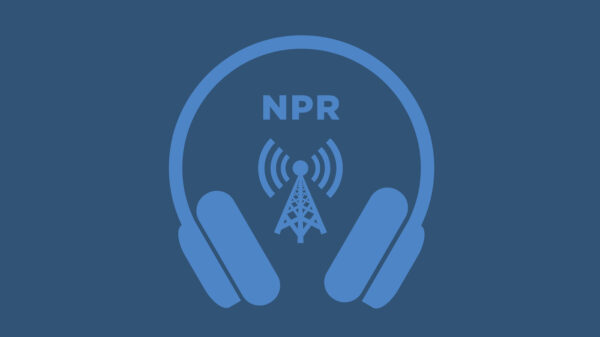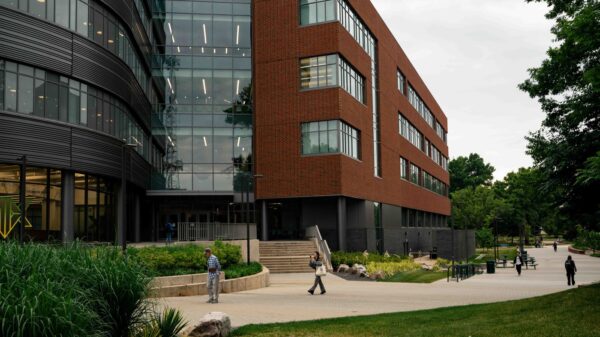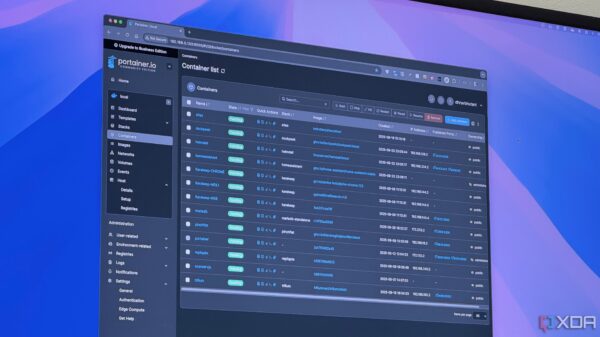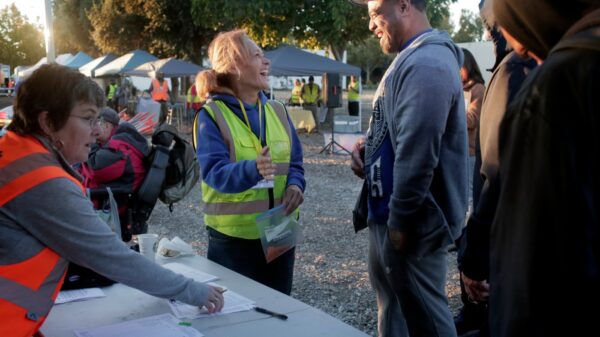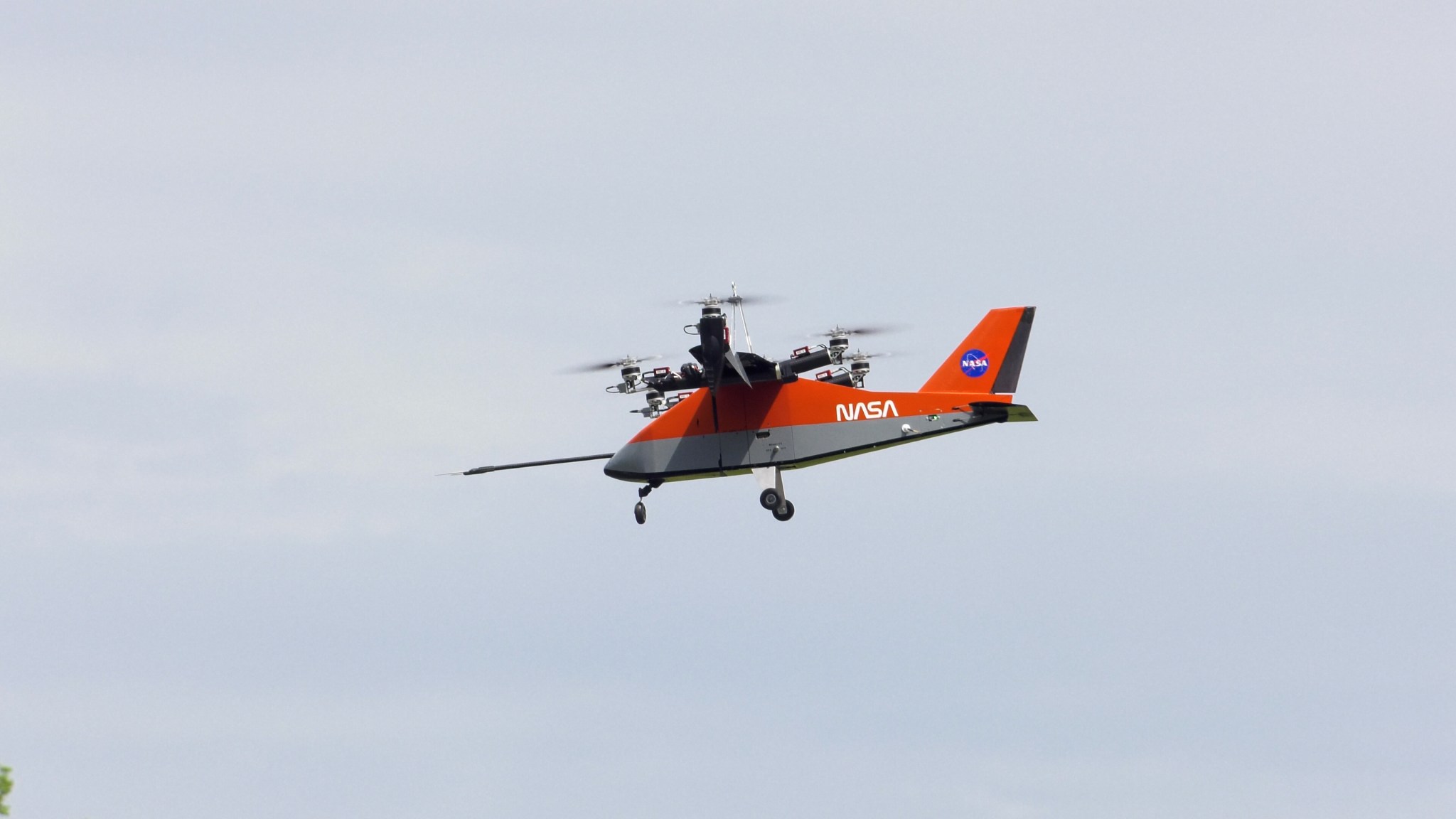NASA is taking significant strides toward the future of urban transportation by conducting vital tests on electric Vertical takeoff and landing (eVTOL) aircraft. On April 22, 2025, the agency’s Research Aircraft for eVTOL Enabling Technologies Subscale Wind Tunnel and Flight Test, known as RAVEN SWFT, completed a successful free flight test at the City Environment Range Testing for Autonomous Integrated Navigation at NASA’s Langley Research Center in Hampton, Virginia. This initiative aims to improve flight control systems for potential air taxi applications.
The development of air taxis could revolutionize urban travel, enabling faster and more efficient movement across cities. To support this transition, NASA is gathering crucial data on aircraft dynamics that will inform the design of safer and more reliable flight control systems. Traditionally, companies developing air taxis keep their research data private, but NASA’s approach will provide public access to non-proprietary findings.
Significance of Flight Testing
According to Siena Whiteside, leader of the RAVEN project, “NASA’s ability to perform high-risk flight research for increasingly automated and autonomous aircraft is really important.” This research includes pushing the aircraft to its limits to understand its behavior during unforeseen events, such as when a motor fails. By releasing this data, NASA aims to benefit the entire aerospace community.
The RAVEN SWFT aircraft is a scaled-down model, weighing 38 pounds with a wingspan of six feet. It features 24 independently moving components known as “control effectors,” which can adjust the aircraft’s motion during flight. This design makes it an ideal candidate for investigating advanced flight controls and autonomous flight capabilities.
Initial testing began in 2024 at the 12-Foot Low-Speed Tunnel at Langley Research Center. The researchers used this facility to simulate real flight conditions, allowing them to gather valuable data on the aircraft’s performance. Following successful wind tunnel tests, the team transitioned to tethered flight tests before moving on to free flight operations.
Collaborative Efforts and Future Prospects
NASA’s partnership with MathWorks has been instrumental in developing the custom flight control software for RAVEN SWFT. This collaboration, established under a Space Act Agreement, aims to expedite the design and testing of flight control methods applicable to future aircraft. The advancements made through this project will help reduce the time it takes for new aircraft designs to reach their first flights.
Looking ahead, RAVEN SWFT serves as a precursor to a larger 1,000-pound-class RAVEN aircraft, which is being developed in collaboration with the Georgia Institute of Technology. This larger aircraft is expected to further explore noise reduction strategies for air taxi operations, providing additional data to enhance public understanding of eVTOL technology.
NASA’s commitment to open data and research transparency is central to its mission. By sharing findings with the public and industry stakeholders, NASA seeks to bolster its leadership in the development of safe, quiet, and affordable advanced air mobility solutions.
The ongoing testing at NASA Langley Research Center represents a pivotal step in transforming the concept of air taxis from a futuristic idea into a tangible reality, with the potential to reshape urban transport for millions.






